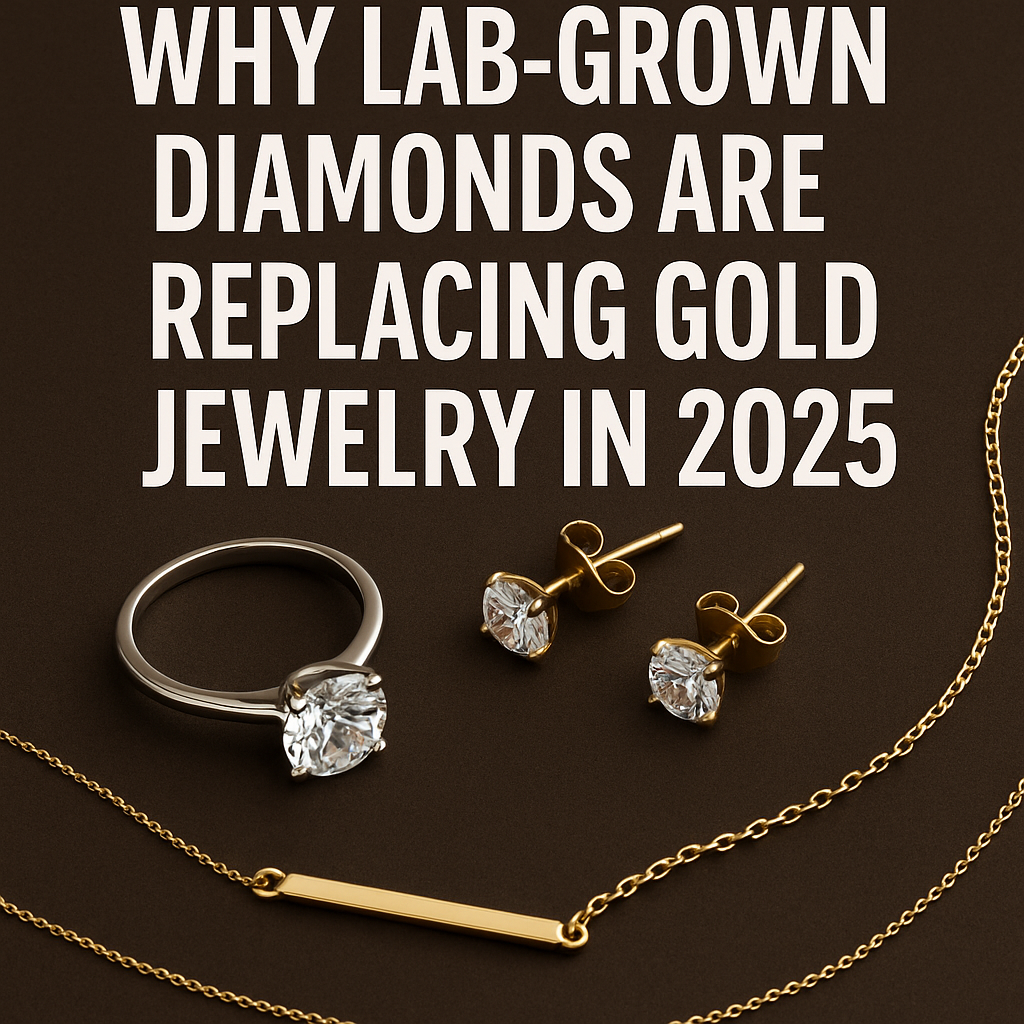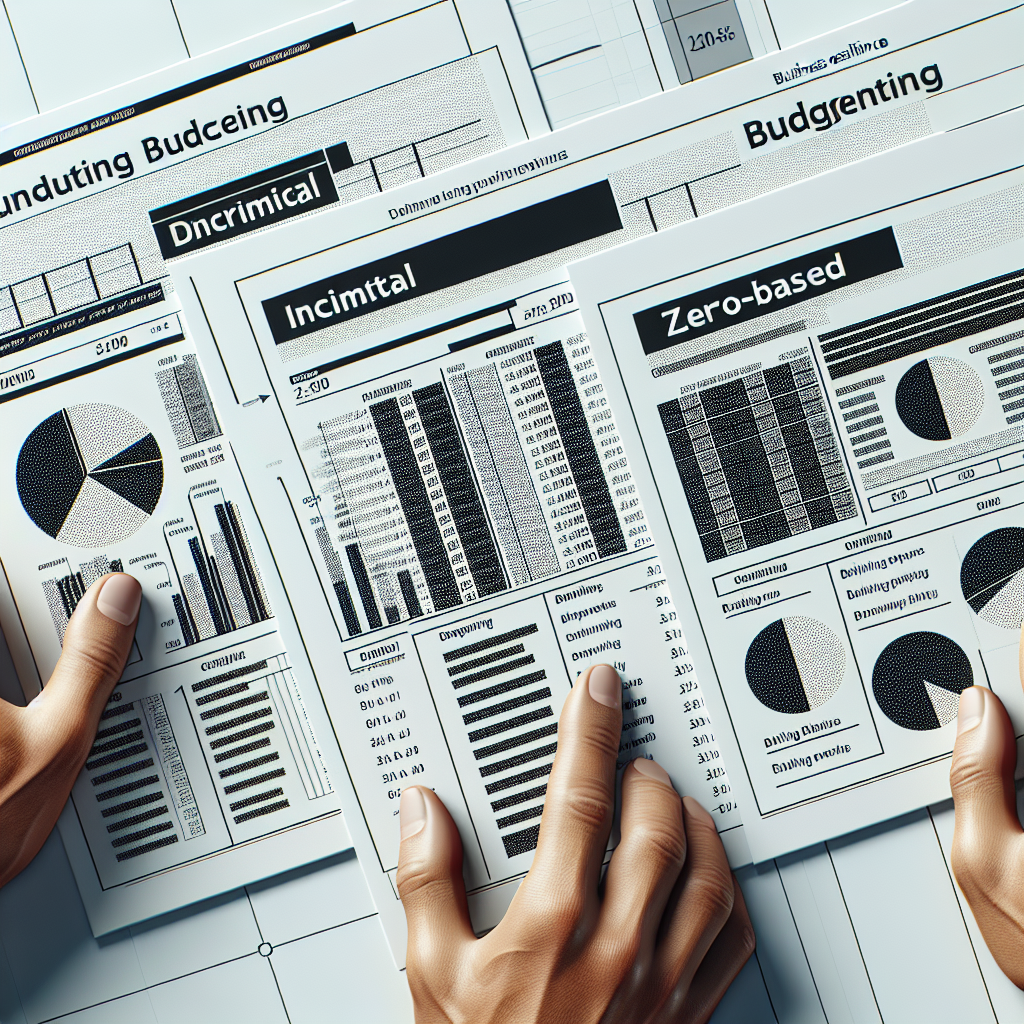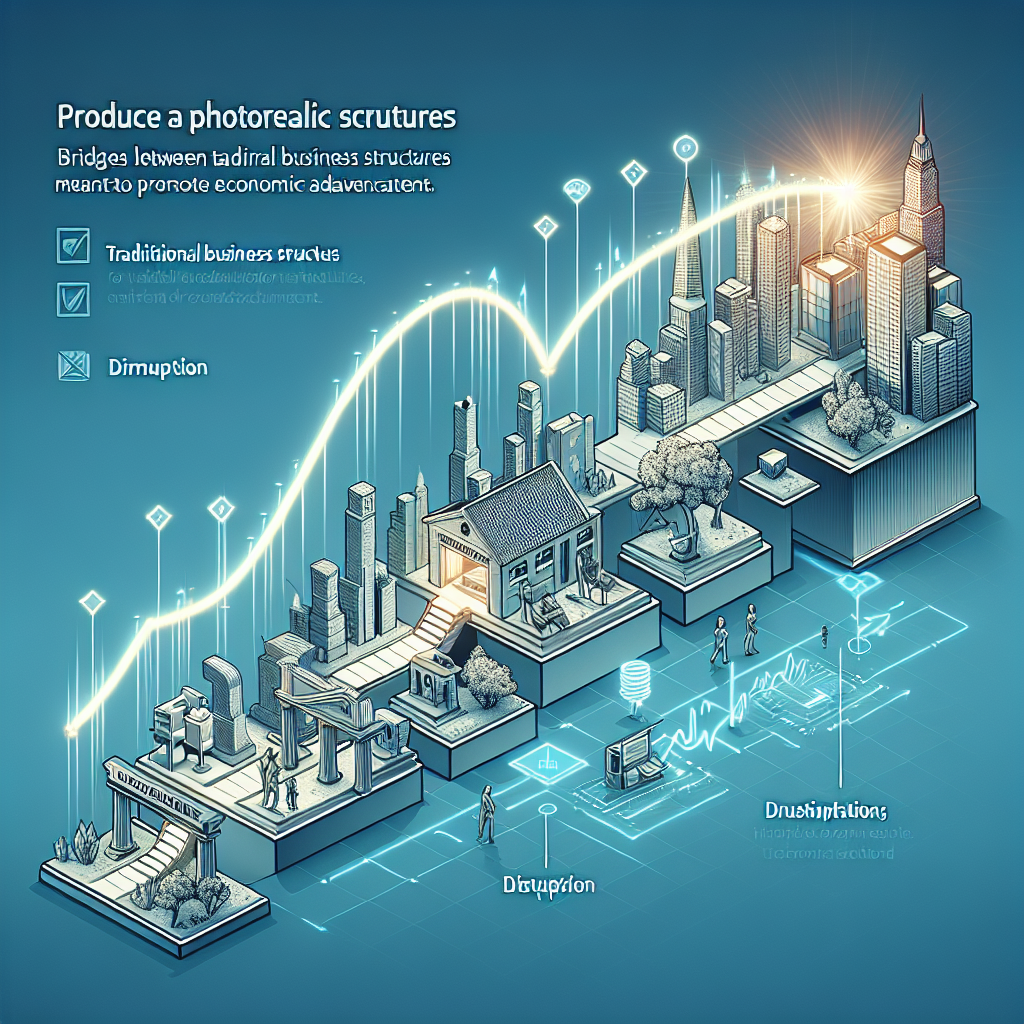As gold prices breach the $3,500 per ounce mark, the effects are reverberating well beyond financial markets. In global jewelry hubs like Dubai and New York, retailers are watching a historic shift unfold: consumers are stepping away from heavy, traditional gold jewelry and leaning into modern alternatives like lab-grown diamonds and minimalist pieces. This evolution isn’t just aesthetic—it’s economic.
Gold’s Price Impact on Jewelry Demand
In 2024, global demand for gold jewelry fell 11%, led by a sharp 13% decline in the UAE’s famously gold-rich markets. According to a Reuters report, this downturn has left even long-established jewelers struggling as everyday consumers avoid high-karat pieces priced at premiums fueled by investment-grade bullion costs.
This growing hesitancy isn’t just about aesthetics. As explored in the broader context of gold’s rally to $3,500, the metal’s price surge is tightly linked to economic instability, central bank strategy, and inflation hedging—none of which favor the retail jewelry buyer.
The Rise of Lab-Grown Alternatives
In response, lab-grown diamonds are surging in popularity. The global lab-grown diamond market is expected to reach $28.3 billion in 2025, growing at over 10% annually. Younger consumers especially are driving this trend, attracted to the affordability, ethical transparency, and environmental appeal of man-made stones.
Leading retailers like Signet, Pandora, and even luxury designers are doubling down on lab-grown collections. According to Zadiam’s 2025 industry insights, customization and carbon-conscious branding are top purchase drivers, alongside rising gold costs pushing customers toward hybrid metals and lighter gold pairings.
Ethical Preferences Meet Economic Pressure
The move toward lab-created luxury isn’t just economic—it’s moral. Increasingly, consumers are evaluating the origin of their purchases. Driven Magazine notes that Gen Z buyers in particular demand transparency in sourcing, lower carbon footprints, and brands aligned with values. Lab-grown diamonds meet those criteria more easily than traditionally mined gems or large-format 22K gold chains.
Meanwhile, in the investment sector, the value of physical gold continues to climb as central banks steadily increase their gold reserves, compounding pressure on retail supply and pricing. The knock-on effect is making traditional gold jewelry less feasible for middle-income buyers, while enhancing its perception as a store of value rather than a style statement.
Long-Term Outlook: Redefining Jewelry Value
In some cultures, particularly across South Asia and the Middle East, gold jewelry remains culturally symbolic and financially significant. These markets may rebound if gold prices retreat. But in Western markets, the shift could prove lasting. Luxury in 2025 is increasingly defined by versatility, ethics, and personal branding—not just weight and karat.
Whether prices climb toward $4,500 or stabilize nearer current levels will likely dictate the trajectory. Institutional projections suggest a wide range of possible outcomes, as explored in our analysis of future gold price scenarios. Either way, the jewelry market is already adapting.
With gold more expensive than ever and consumer values in flux, the traditional jewelry industry is undergoing a fundamental transformation. Lab-grown diamonds and minimalist aesthetics are no longer fringe—they’re defining the mainstream. For retailers and investors alike, understanding this intersection of price pressure and cultural preference is key.


